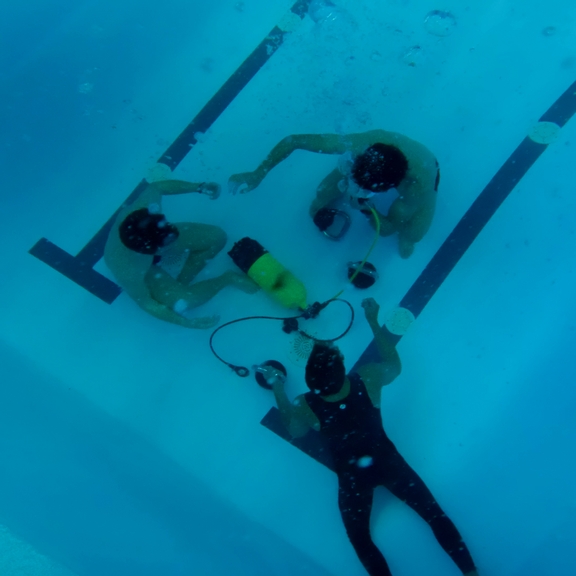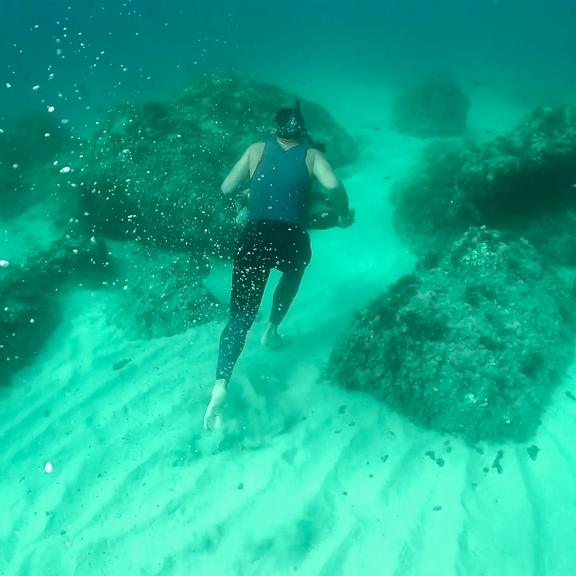SAIL FAST STAY SAFE
Equipment, protocols, training: the safety of the Luna Rossa Prada Pirelli sailing team
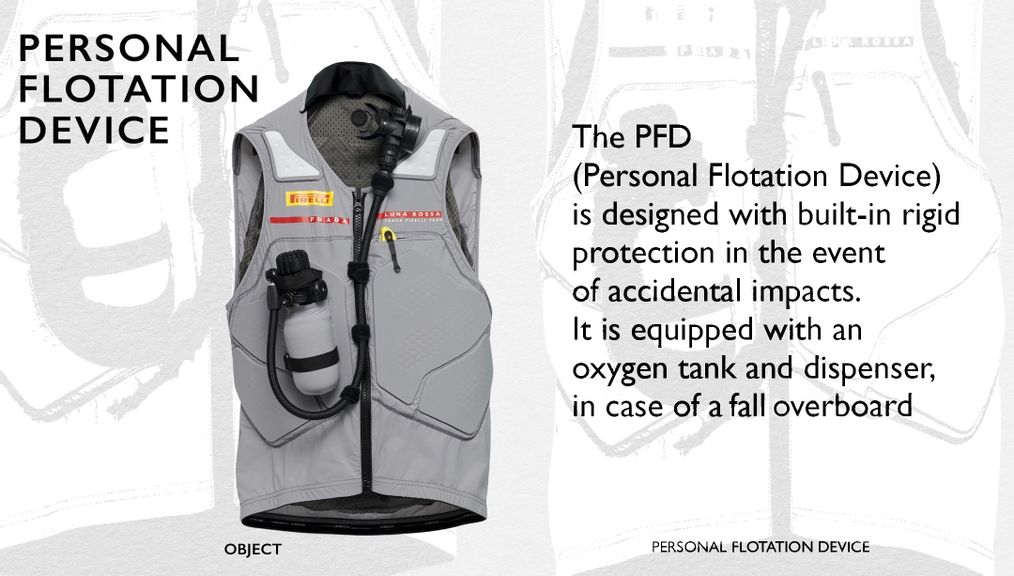
Seeing America's Cup crews take to the water with helmets, knives and oxygen bottles is no longer a novelty. Since 2013, with the increased speeds of racing yachts (today's AC75s can exceed 50 knots), the safety measures have also improved and are now part of the "Zeta generation" America's Cup imagery. But how does this equipment work and, more importantly, how do sailors train to use it properly?
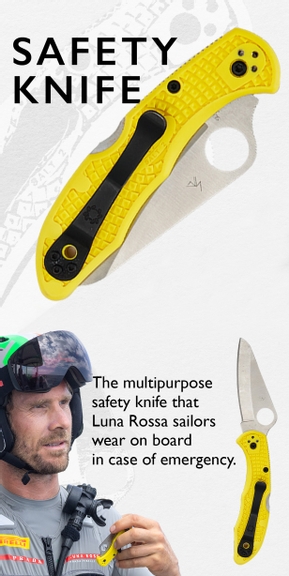
Travelling at the speed of a hydrofoil liner is not easy and is not for everyone: it requires extraordinary technical and athletic skills and a remarkable ability to stay calm and focused during any situation. For Luna Rossa Prada Pirelli, the safety and security of the sailing crew is a priority, which is why the team has set up a very precise protocol regarding the choice and use of special "safety tools":
Helmet: an essential part of the compulsory safety equipment, the helmet must comply with specific standards and have its outer surface painted in fluorescent colours so that the crew is easily visible in the event of a fall overboard; to facilitate counting, there is also a number on the helmet corresponding to each sailor.
Communication Kit: the communication system (microphone and headphones) attached to the helmet has been developed in-house by the Luna Rossa Prada Pirelli team and allows sailors to communicate with each other clearly and directly, even at high speeds, to ensure safe and fast manoeuvres in all conditions. During races, the sailors will use a One Design system provided by the organization that is the same for all competitors.
PFD (Personal Flotation Devices): the life jacket, which must meet precise buoyancy standards, is reinforced to cushion any impacts and ensures buoyancy and protection all-in-one. The vest is equipped with a compartment for a personal air supply and an emergency knife.
Oxygen bottle: a small, compressed air bottle attached to a respirator that allows a breathing autonomy of 8 minutes to 1 minute (under stress). It is designed to leave the hands free during use.
Knife: a knife is lodged in the front side of each jacket, in an easily accessible position, to be used in case sailors should become entangled underwater due to a capsize of the AC75.
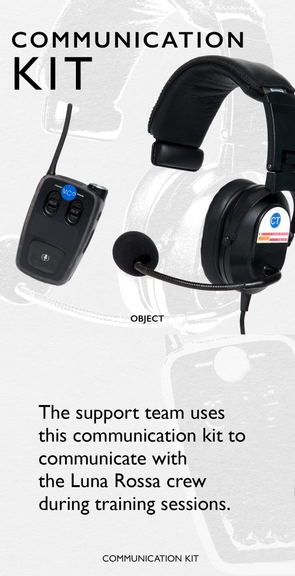
To ensure everyone is immediately responsive and able to deal with any emergency in case of need, the Luna Rossa Prada Pirelli sailing team is periodically required to take part in the Safety Training program in the pool where, under the guidance of Shannon Falcone and the supervision of at least one other trained member of the team, they simulate a fall at sea: in a first phase the sailors become familiar with the tank and regulator in a "calm" context and without their uniforms on, learning how to manage the amount of oxygen available and to help each other; in the next phase, however, they enact a critical condition dressed in full gear, simulating the speed of the fall, a possible entrapment under the boat and other extreme situations, to learn how to manage anxiety and to memorize emergency manoeuvres so that, if needed, they can perform them automatically.
The sailors also practice swimming and apnoea sessions. In addition, they all attend BLSD (Basic Life Support and Defibrillation) CPR (cardiopulmonary reanimation) and man-overboard rescue courses.
For a higher level of safety, every time the boat goes out for training or racing there are swimmers on the support boats ready to intervene, as well as a doctor specialized in first aid. One of the support boats is equipped with all the necessary medical equipment, from the defibrillator to the multi-parametric monitor to control cardiac activity, as well as all the devices to stabilize joint traumas, and the instruments for respiratory assistance: a real ambulance at sea.
Emergency measures and procedures are also in place to manage any possible hull damage. Each support boat accompanying the AC75 during training at sea is equipped with buoyancy reserves – a special type of buoy - to prevent sinking, cable cutters to cut shrouds or ropes in a matter of seconds, high-capacity bilge pumps to quickly empty the hull of any water that may have been taken on board, and all the equipment needed for immediate repairs.
